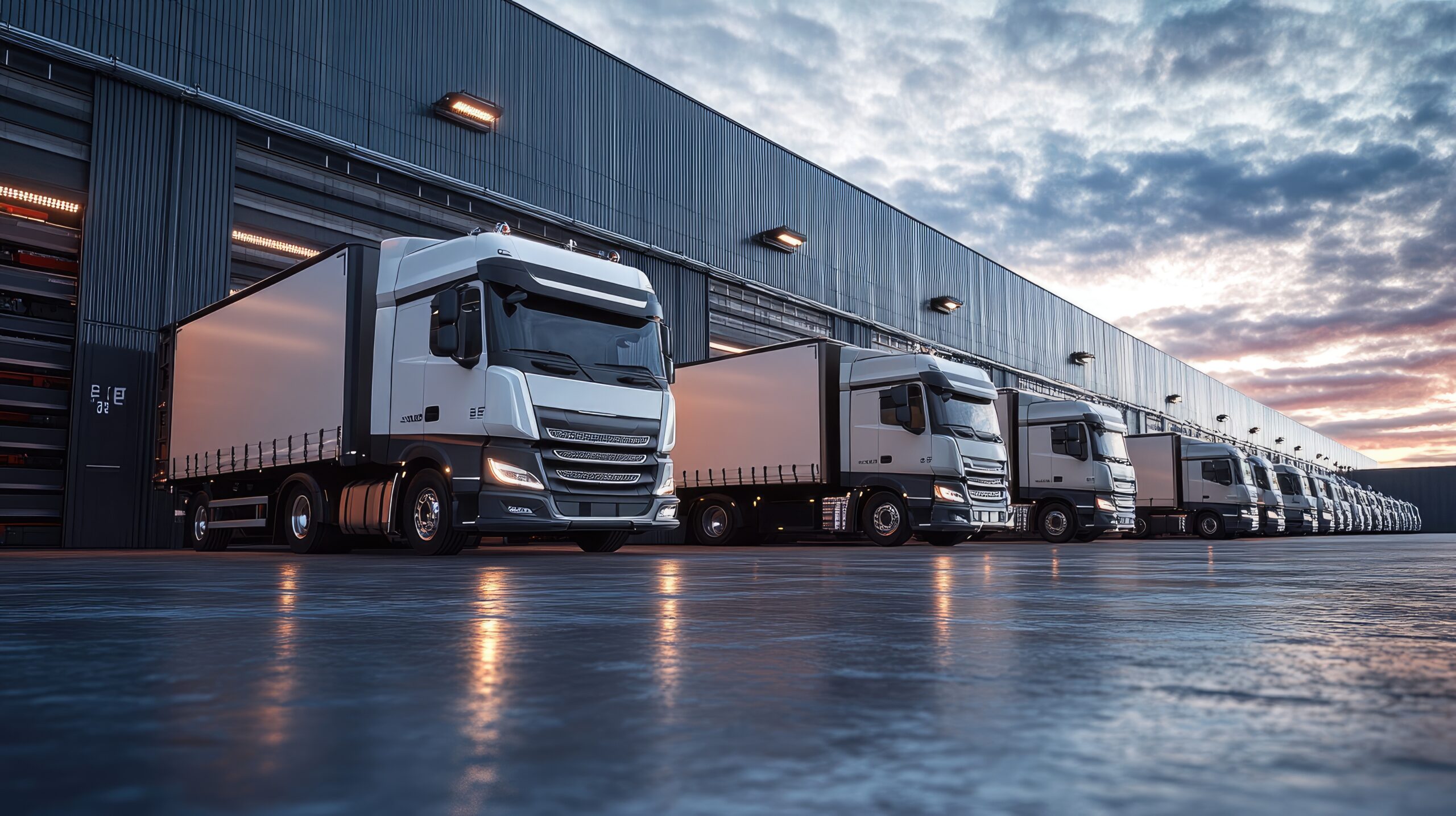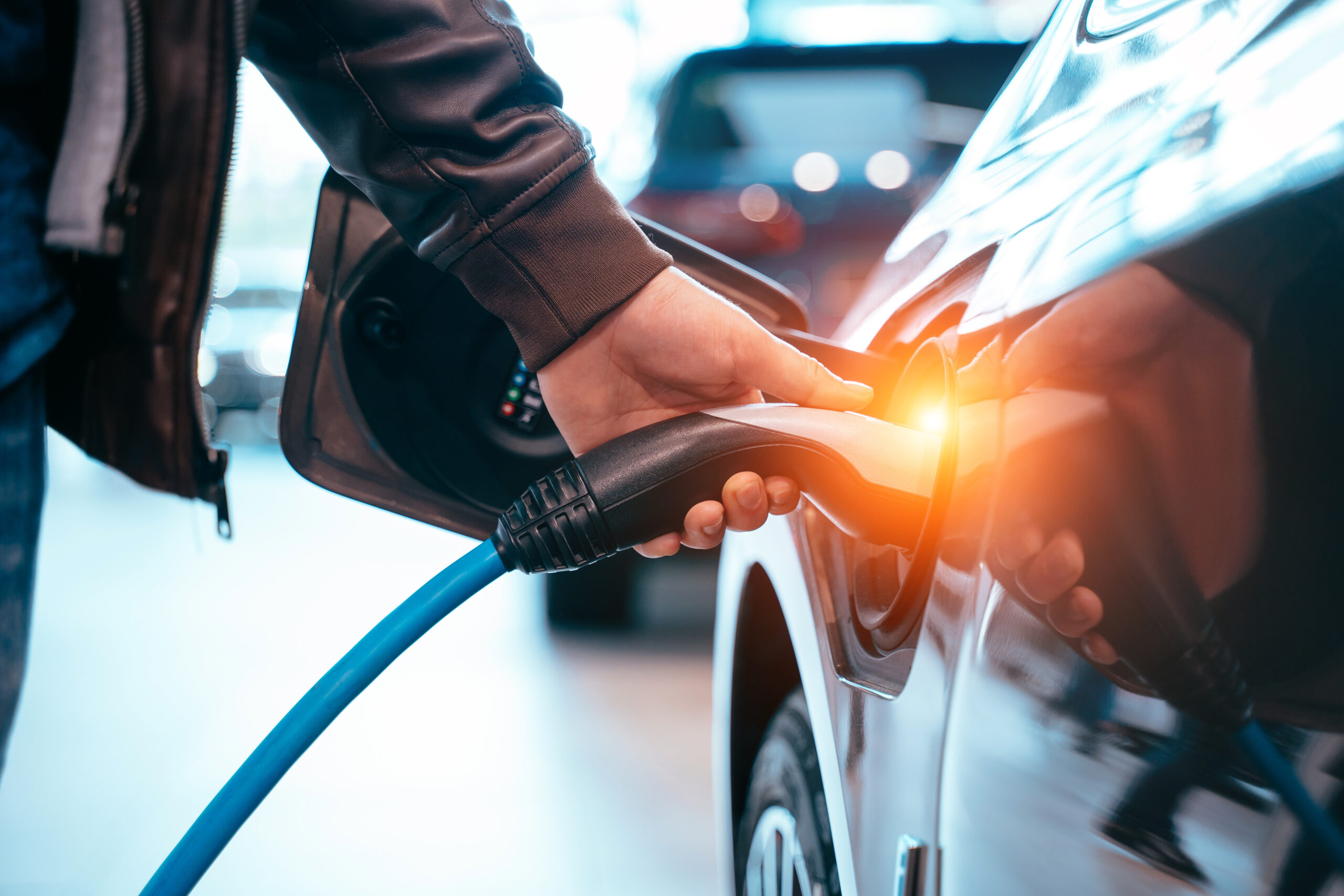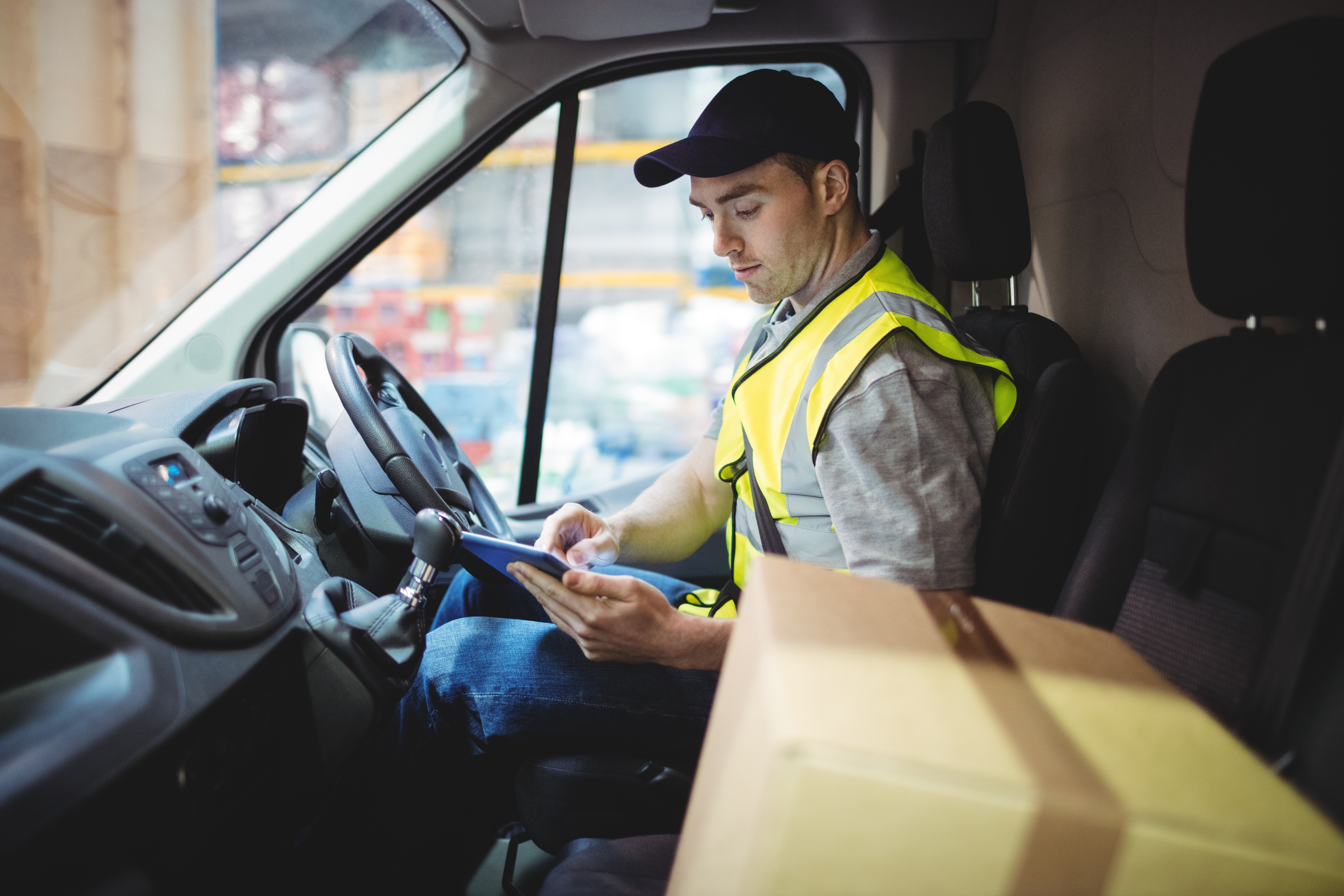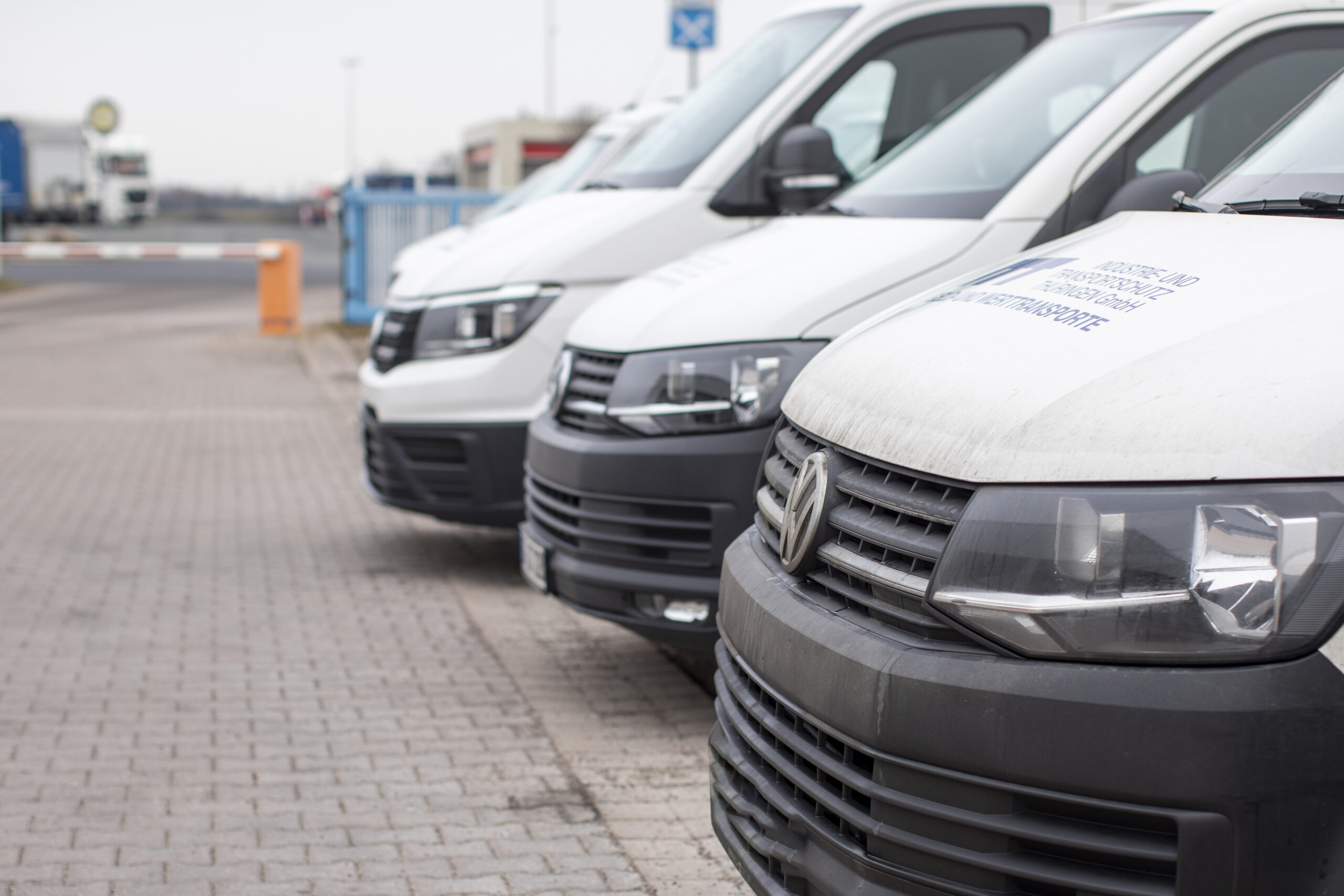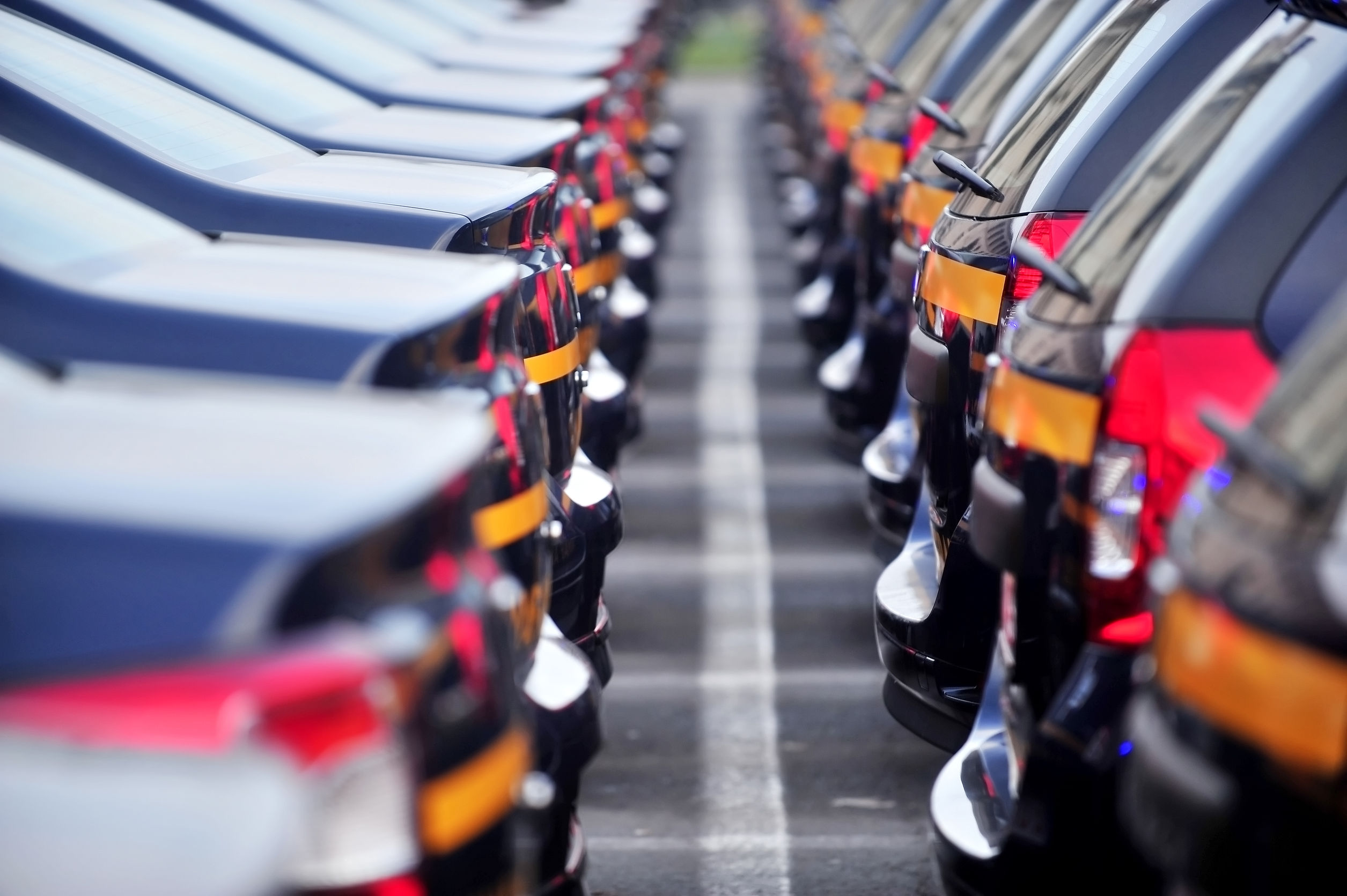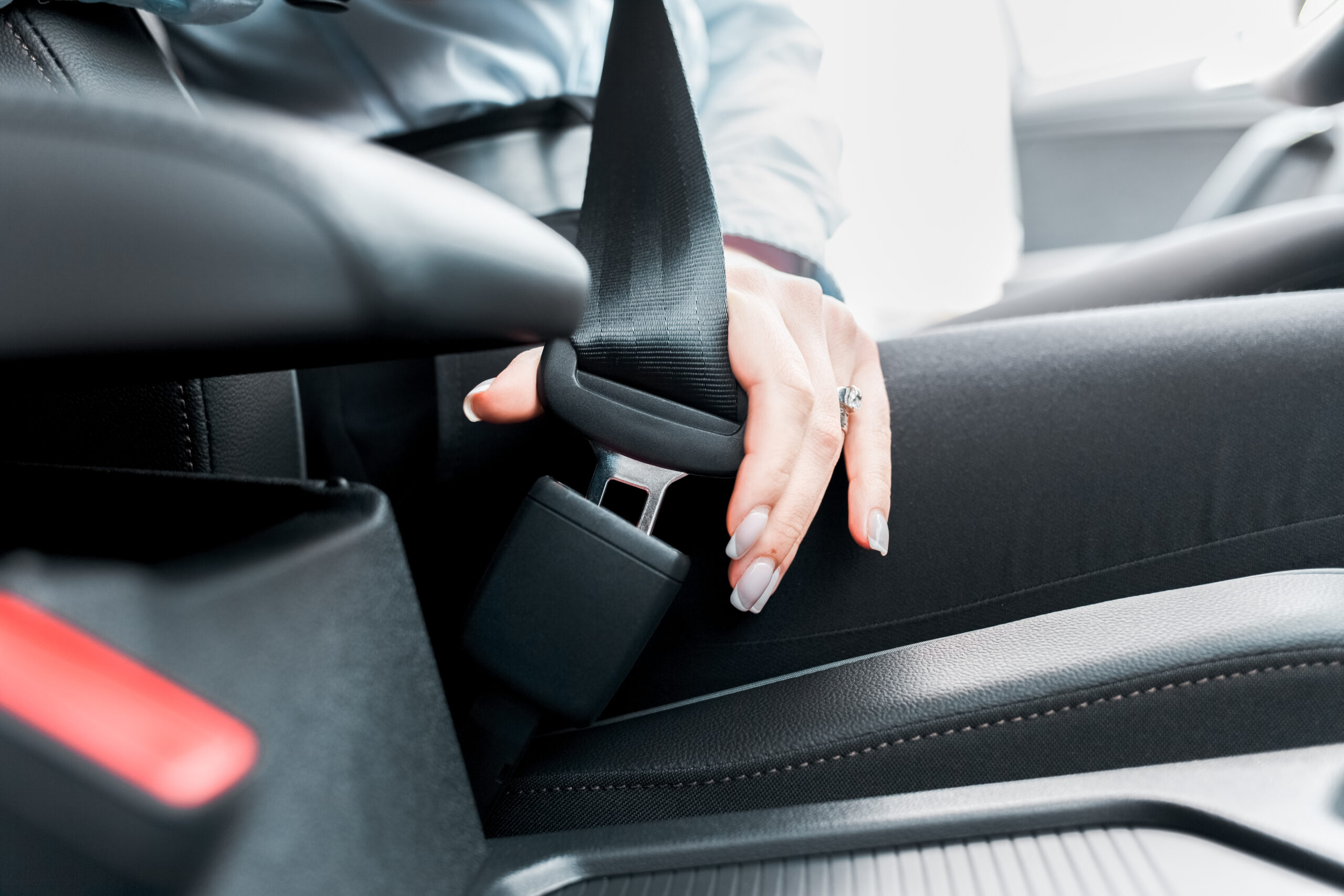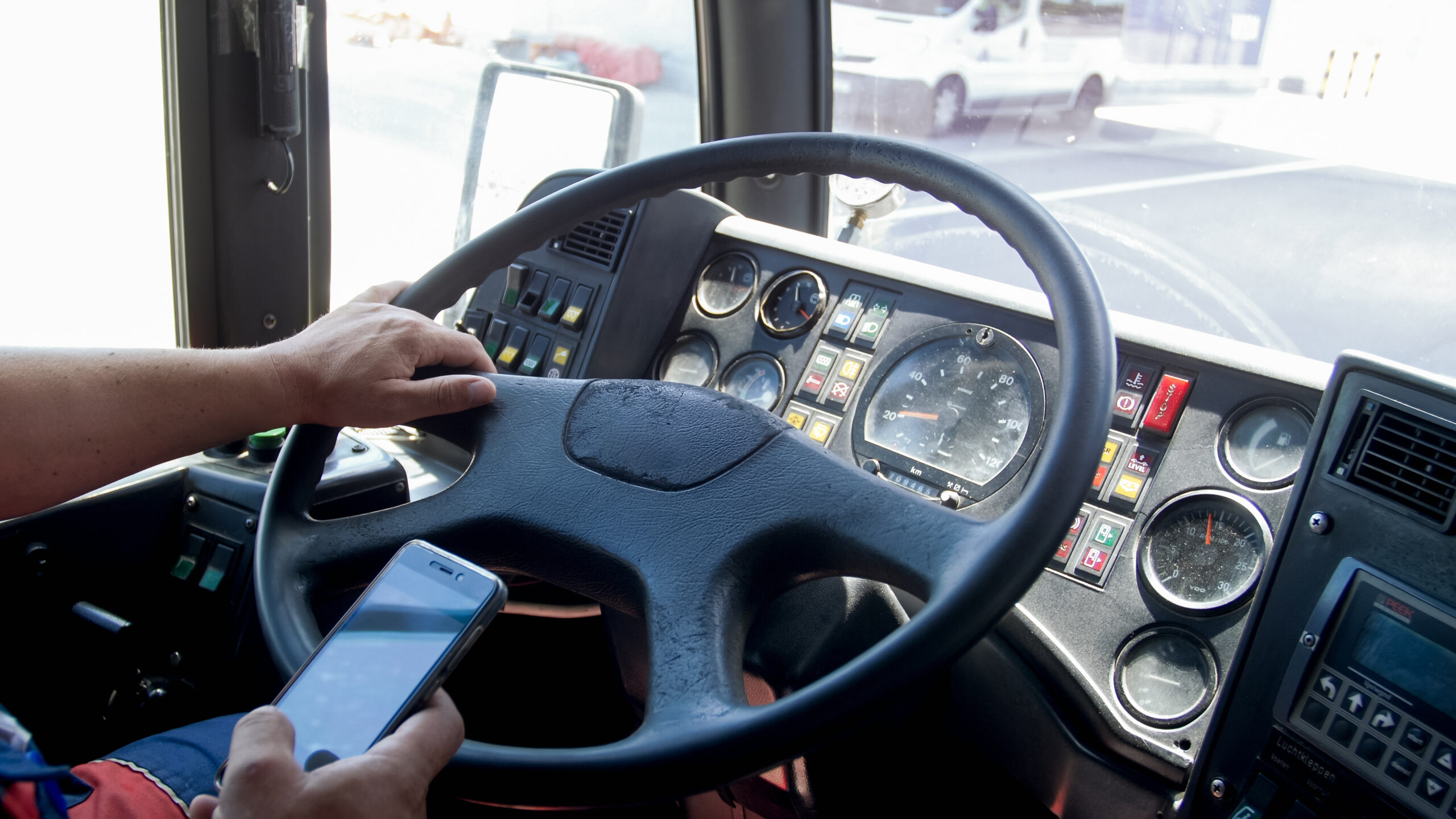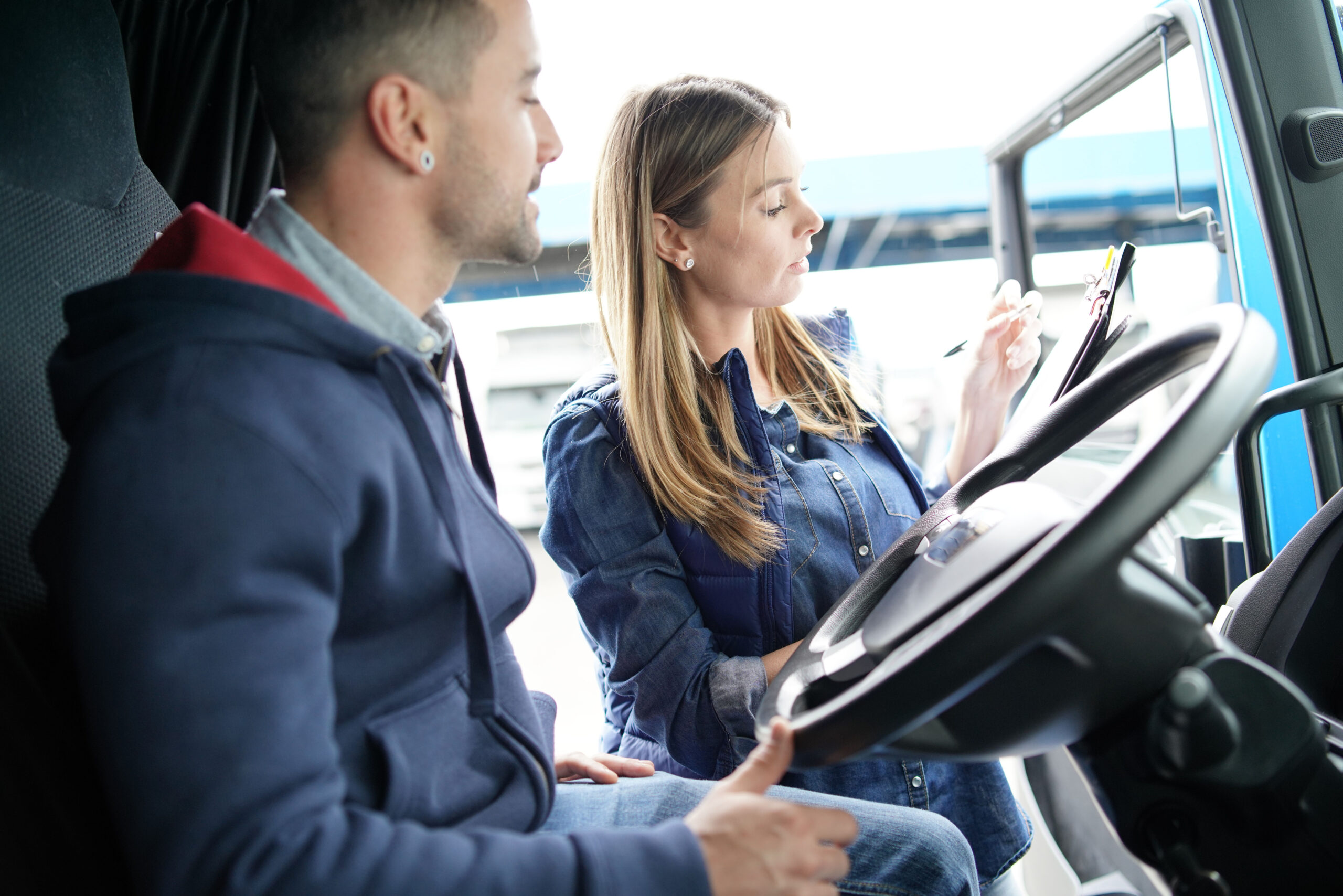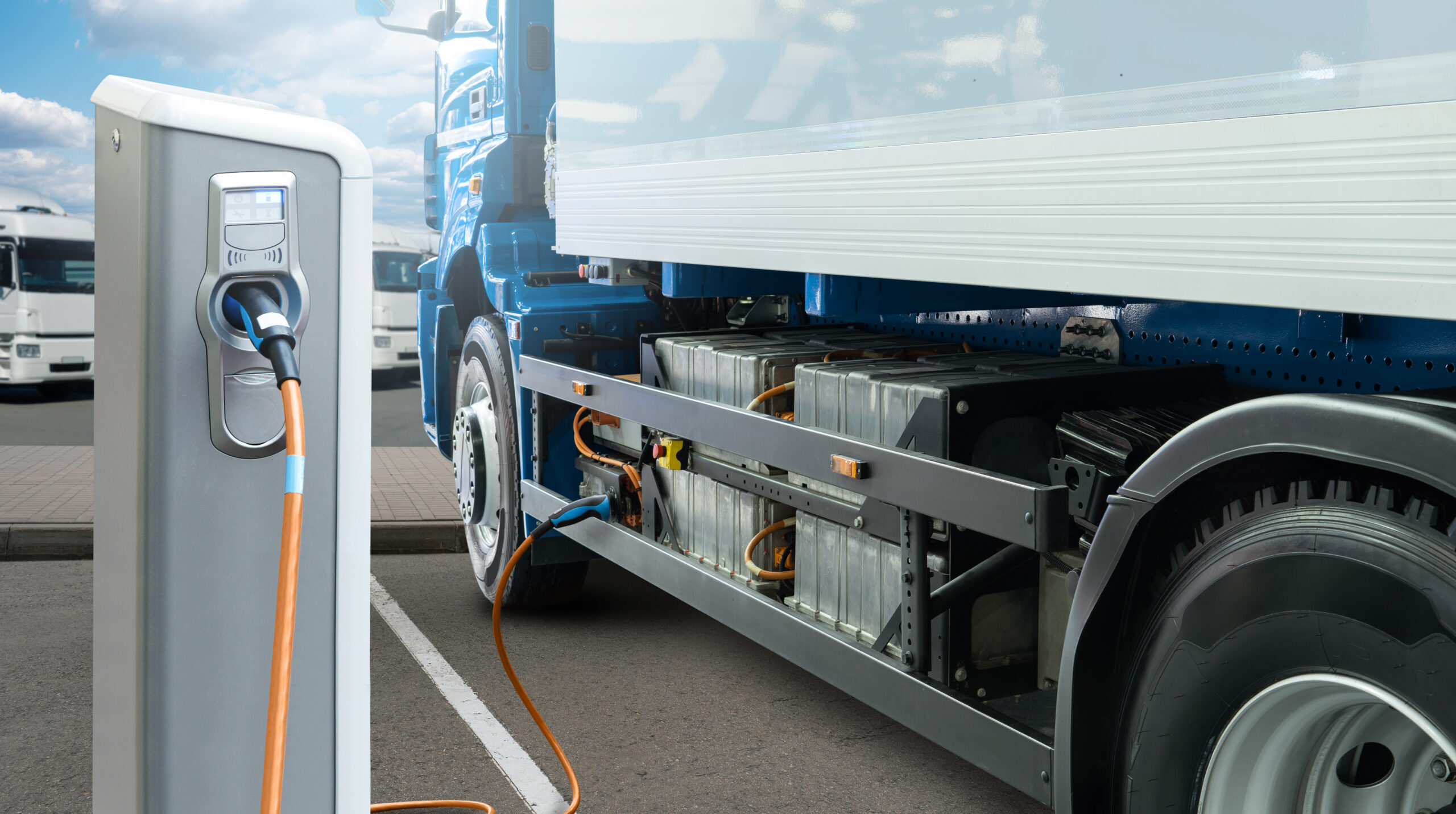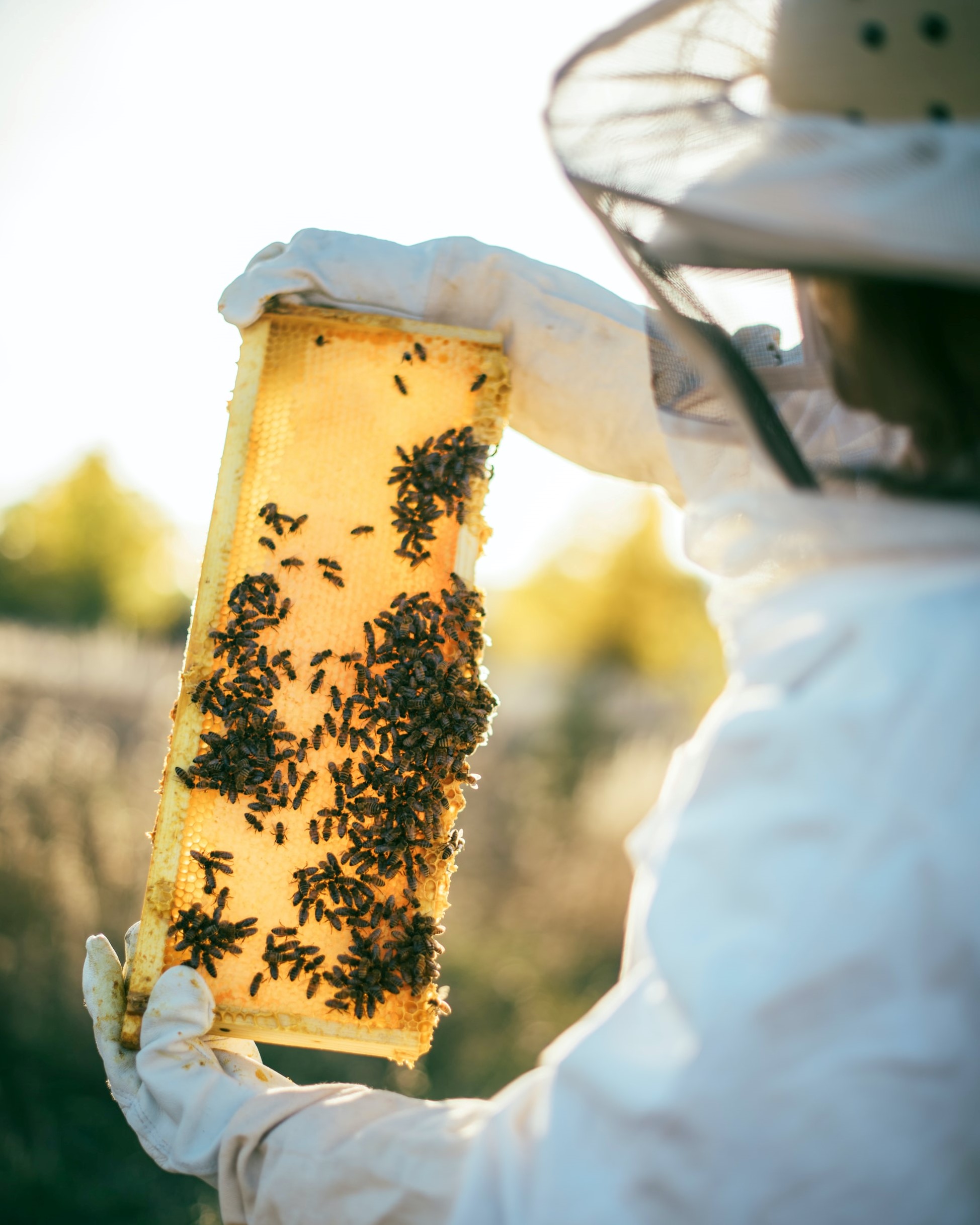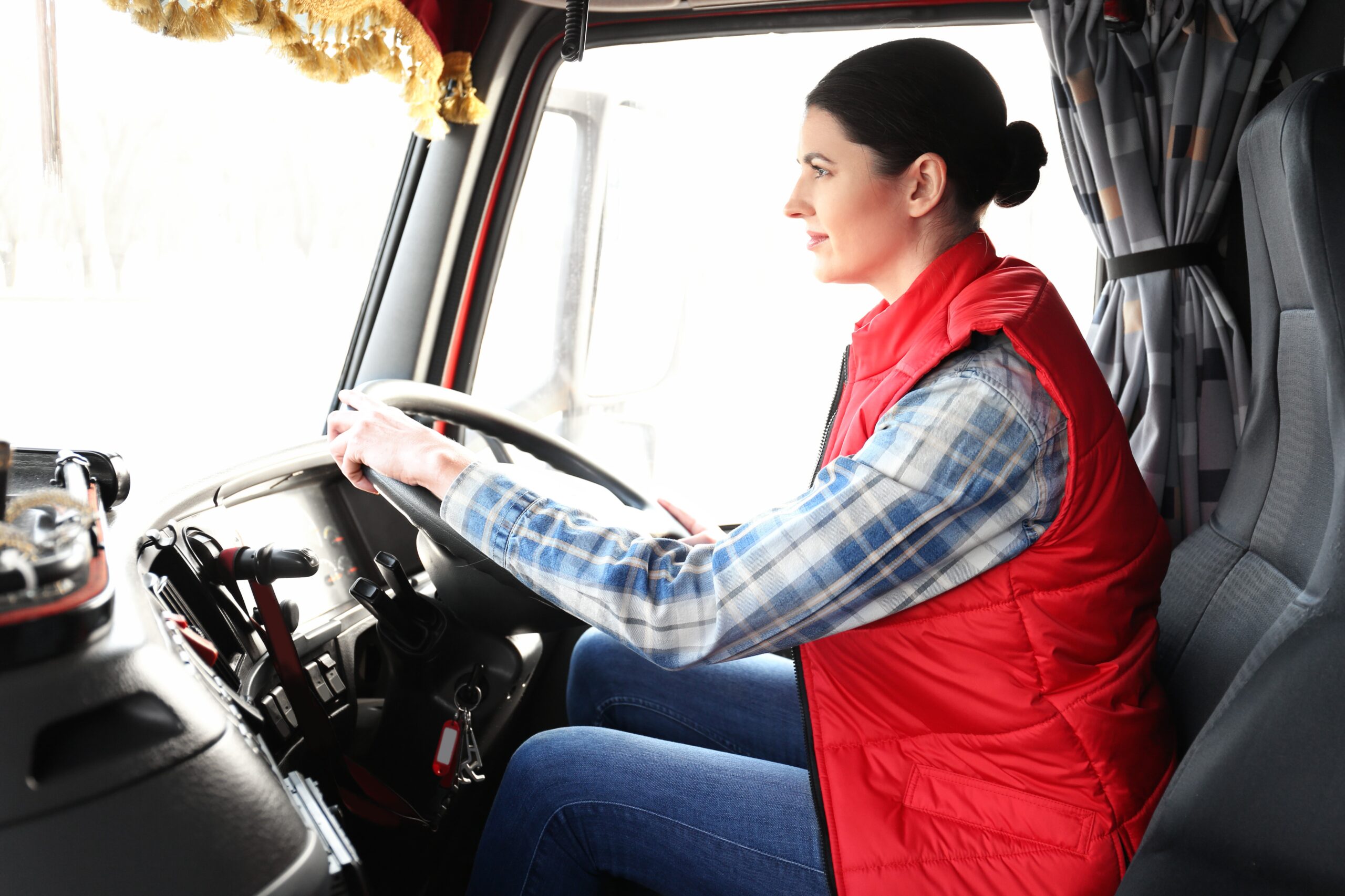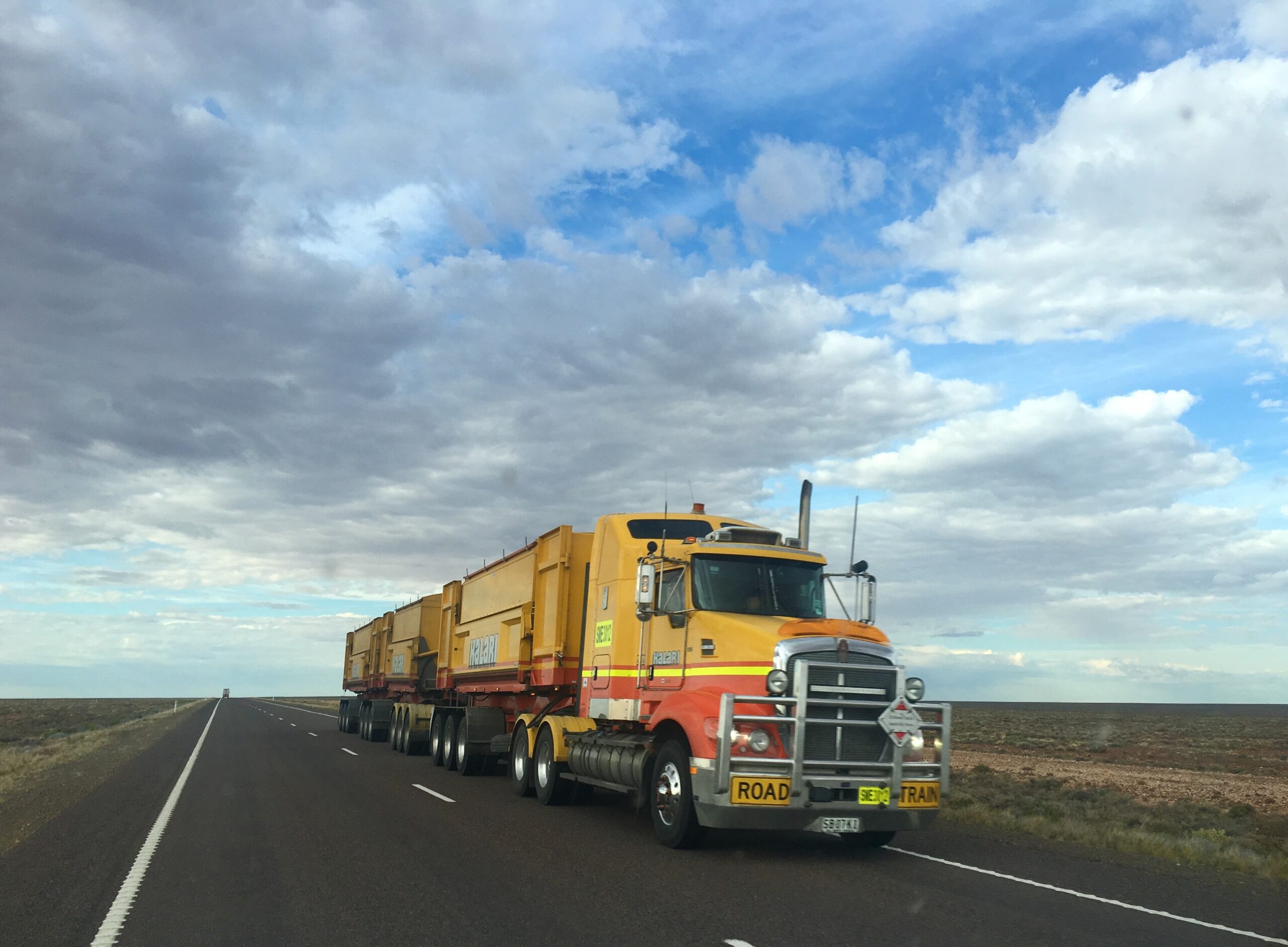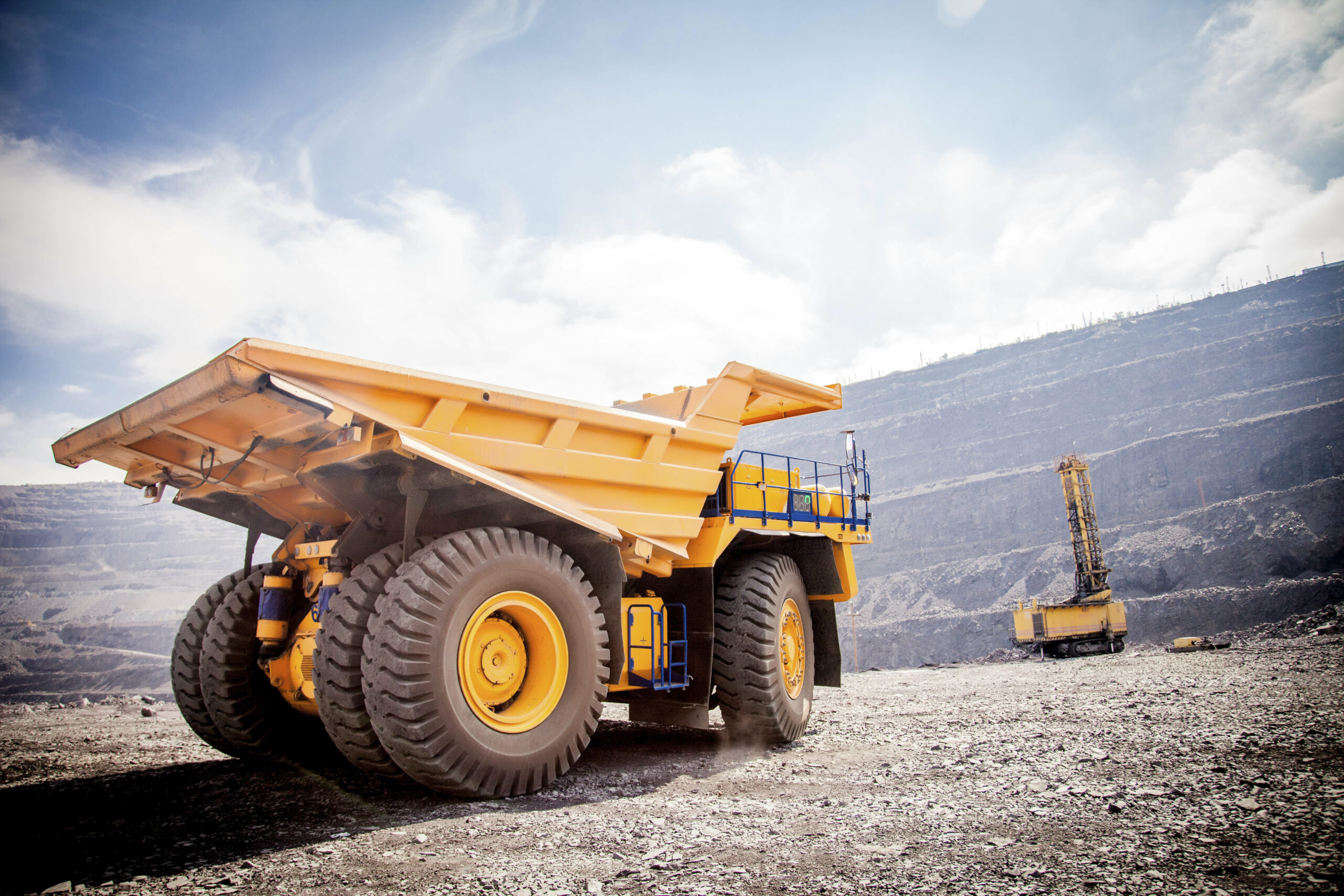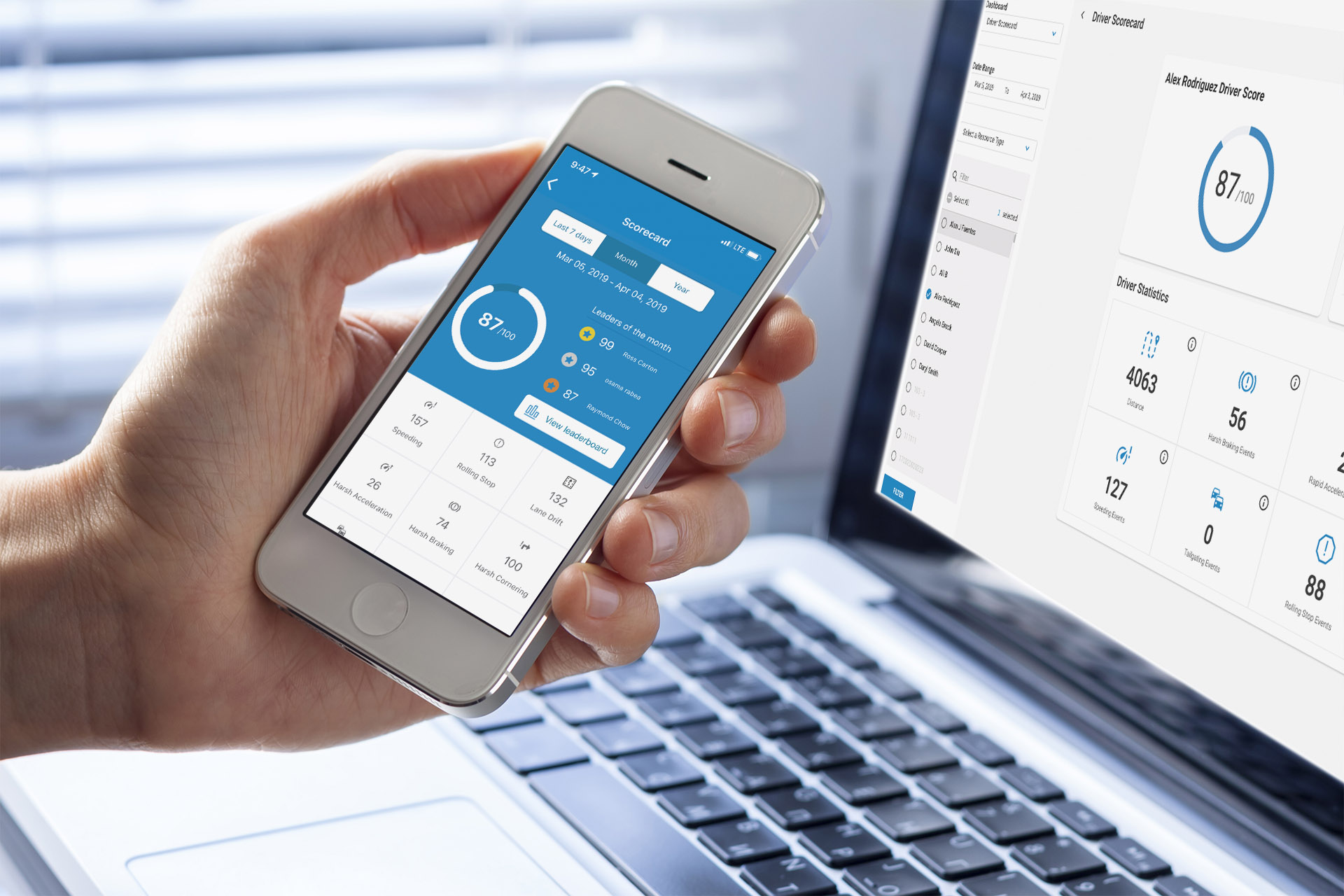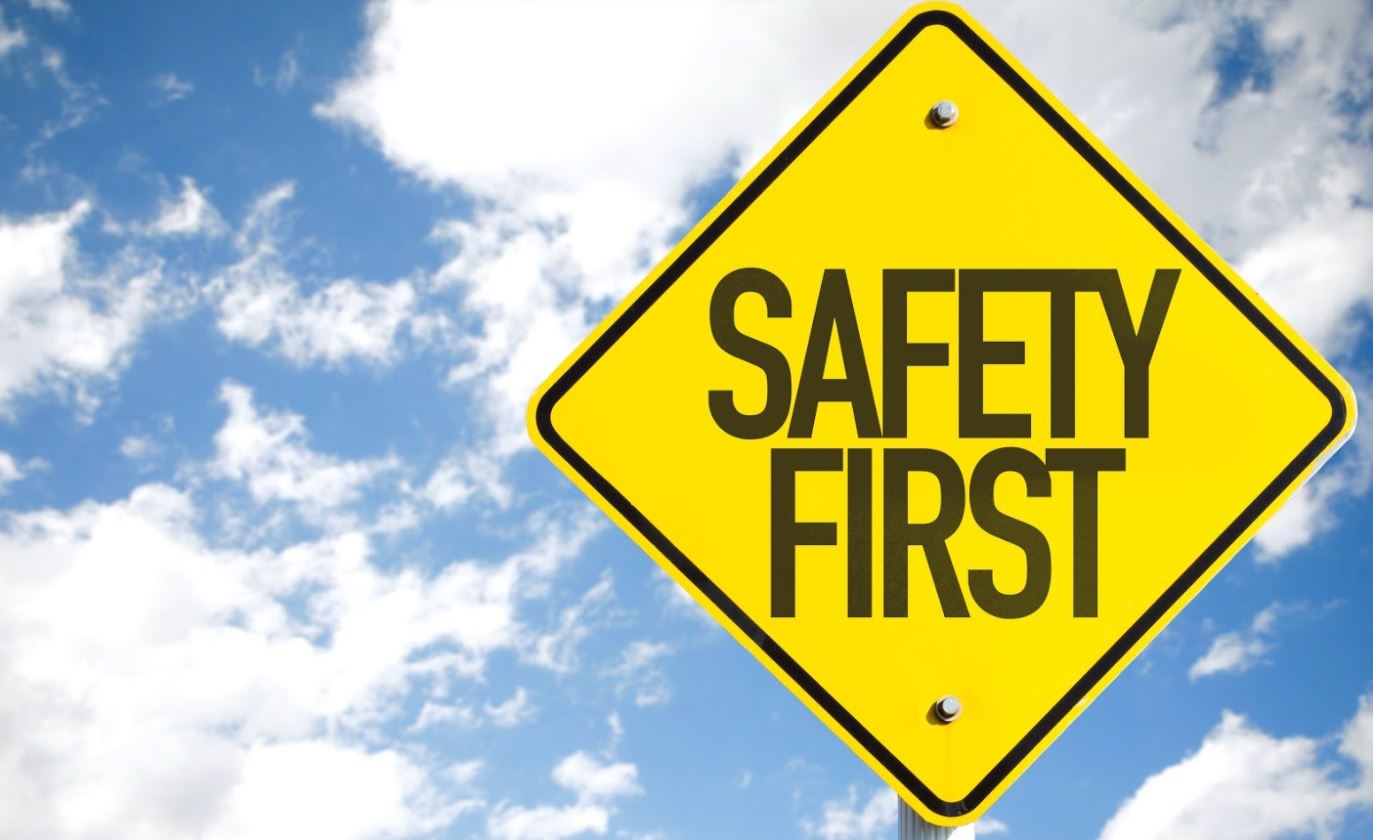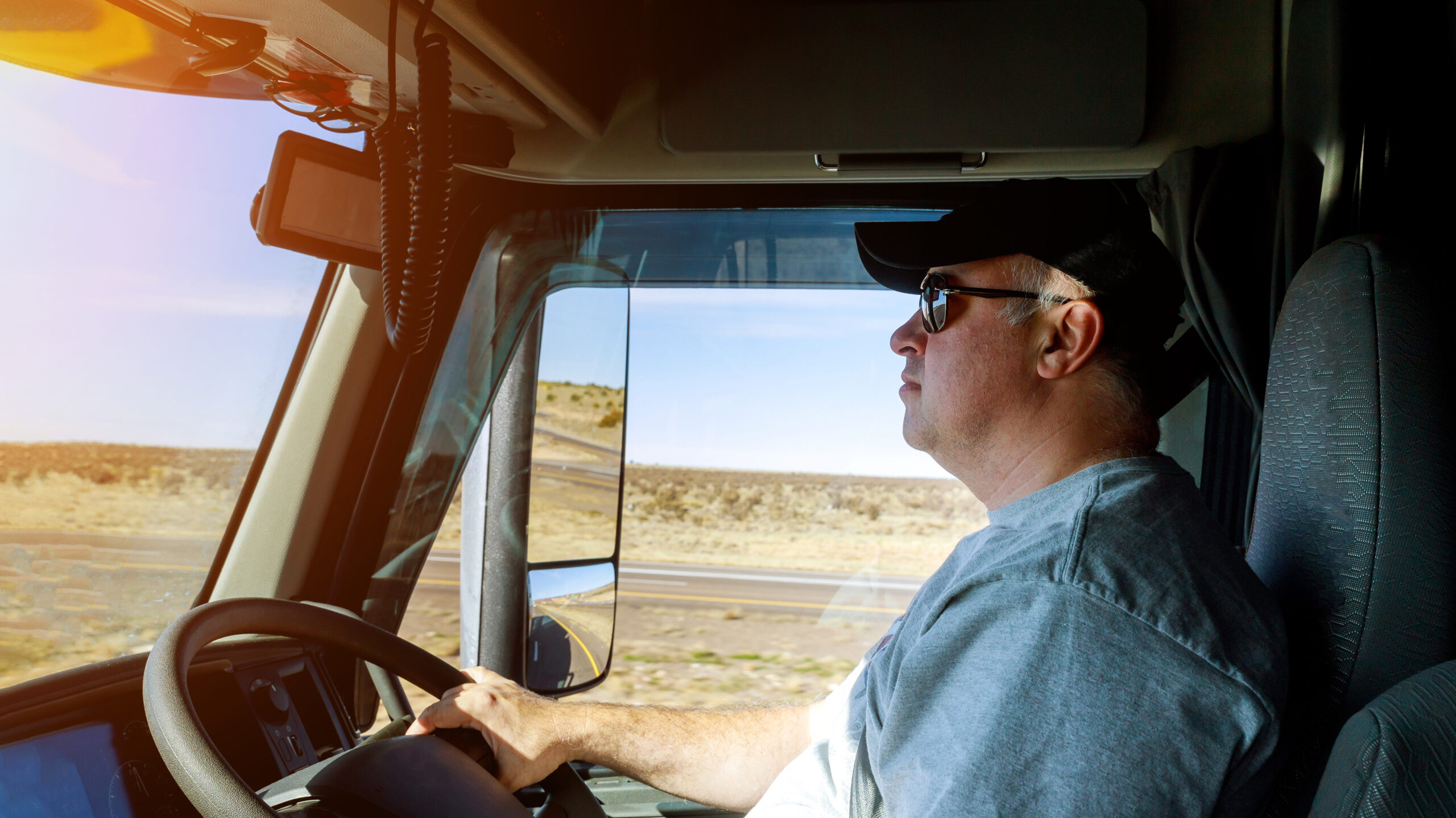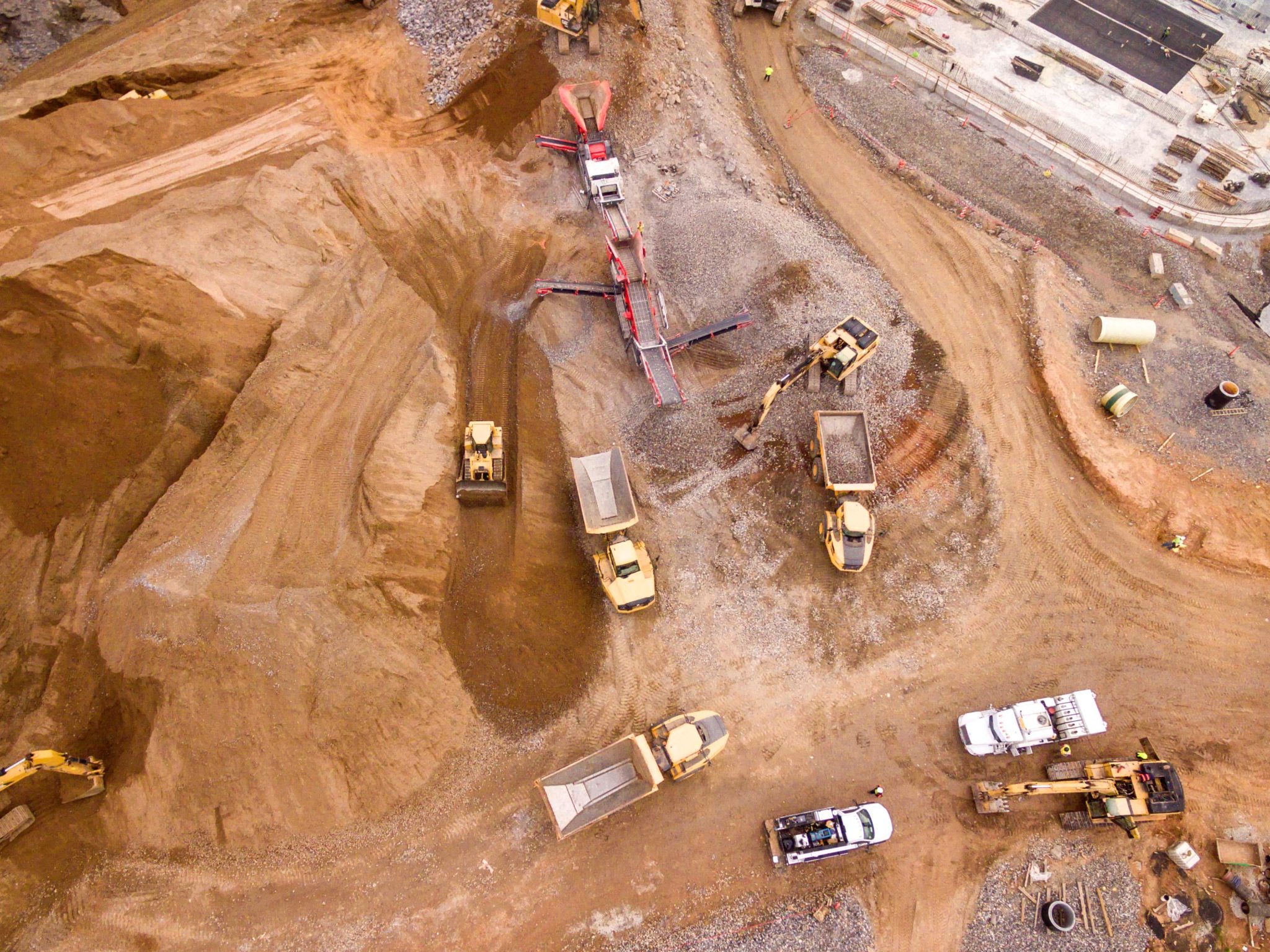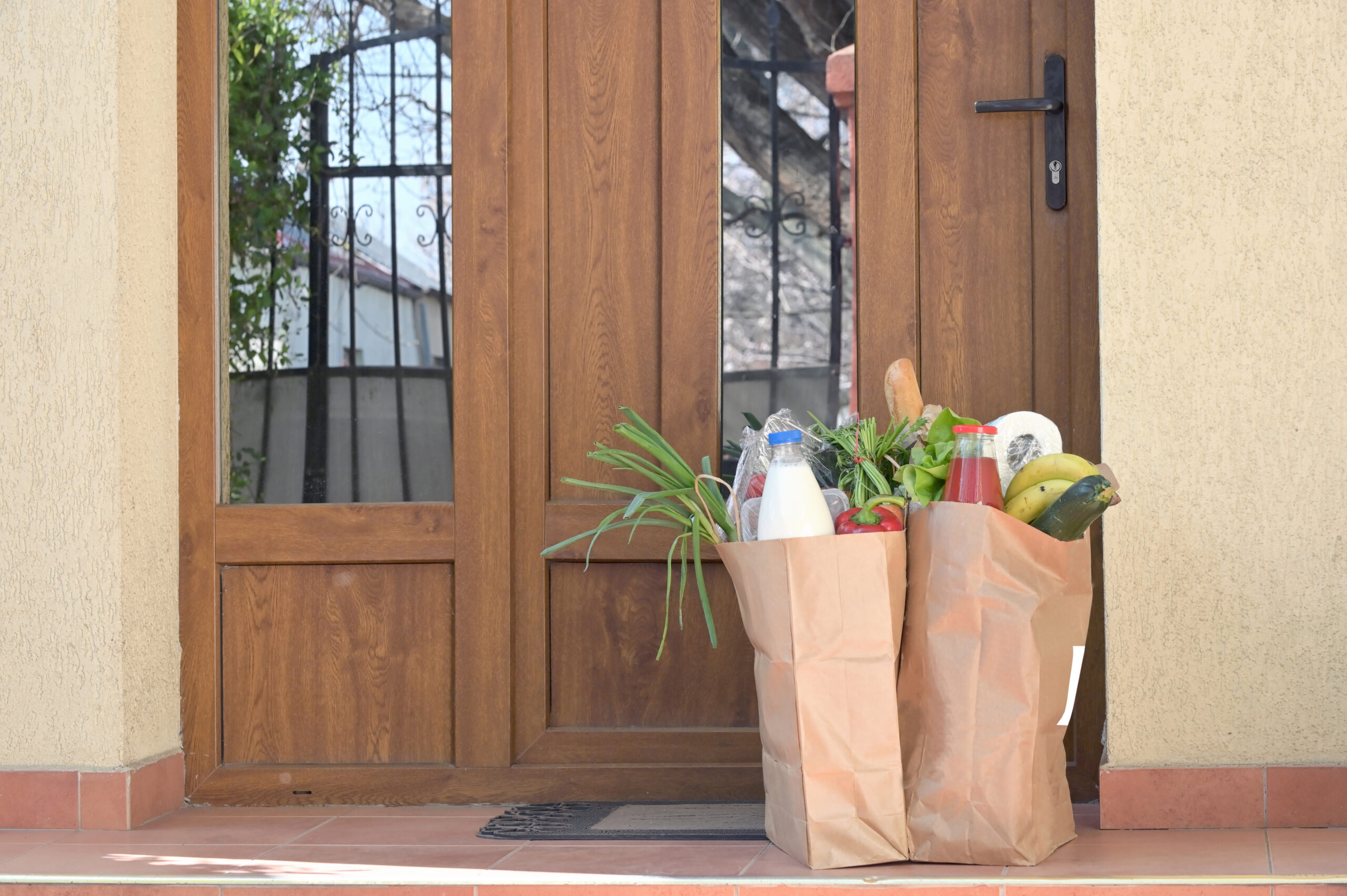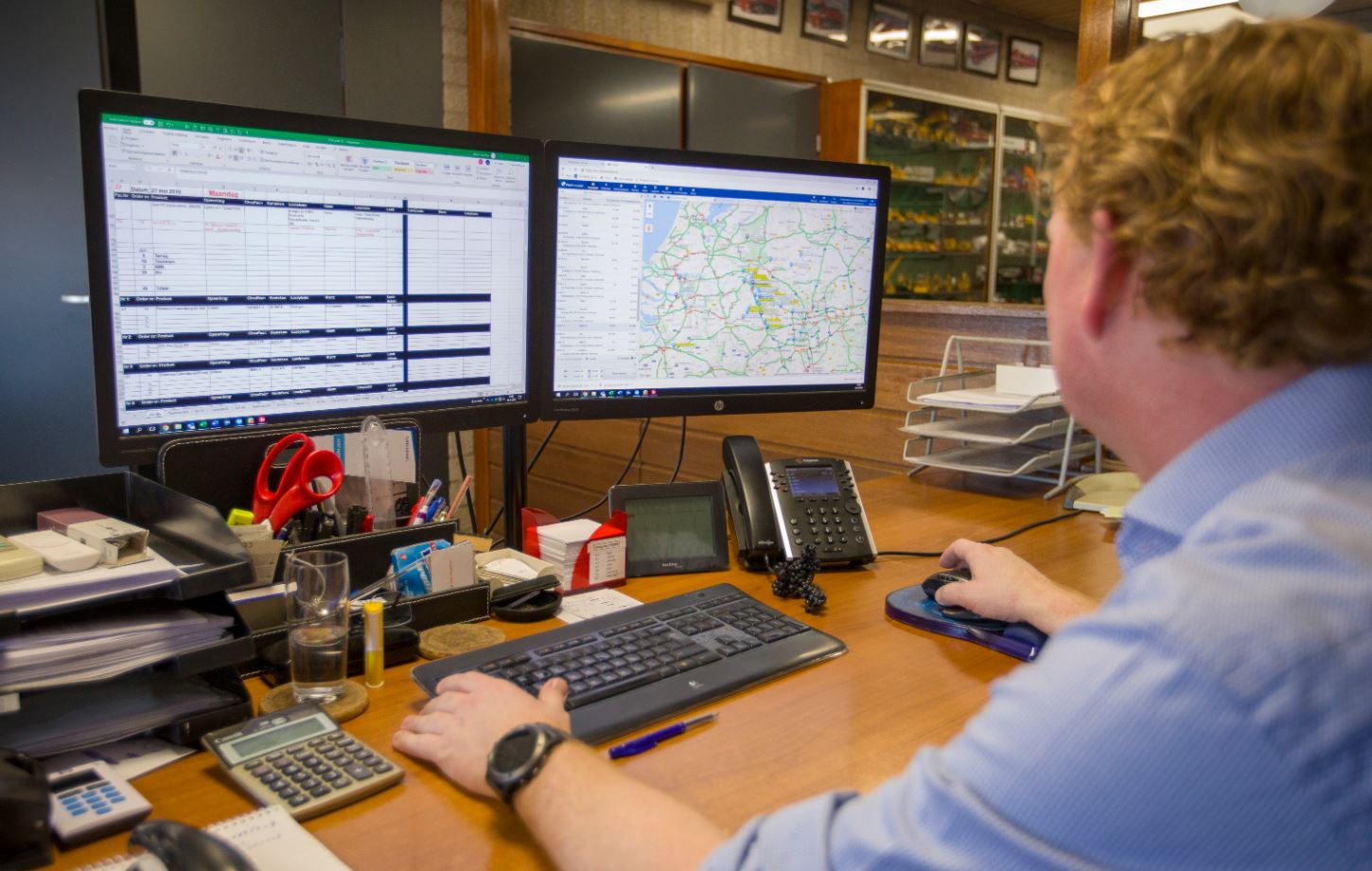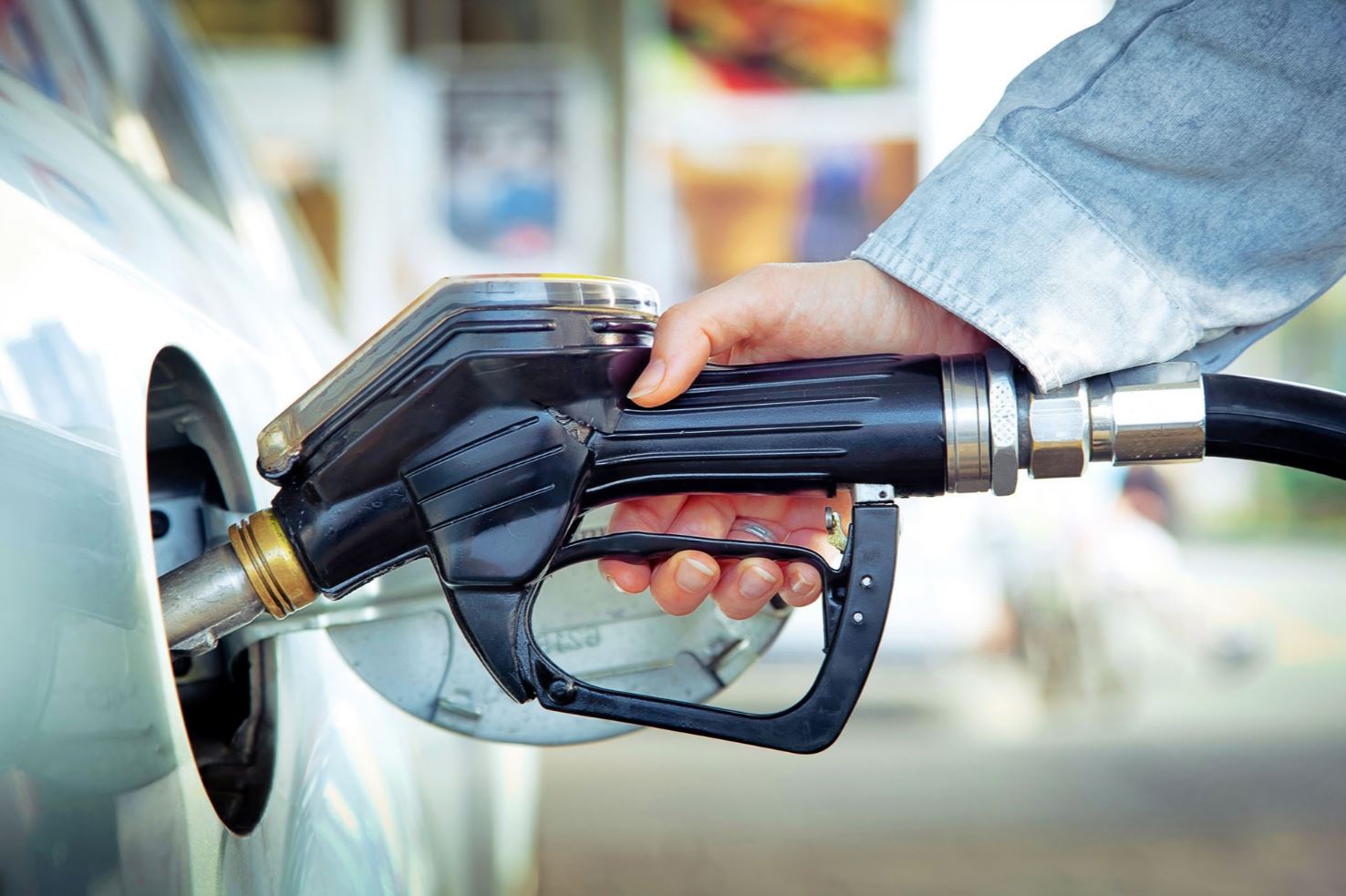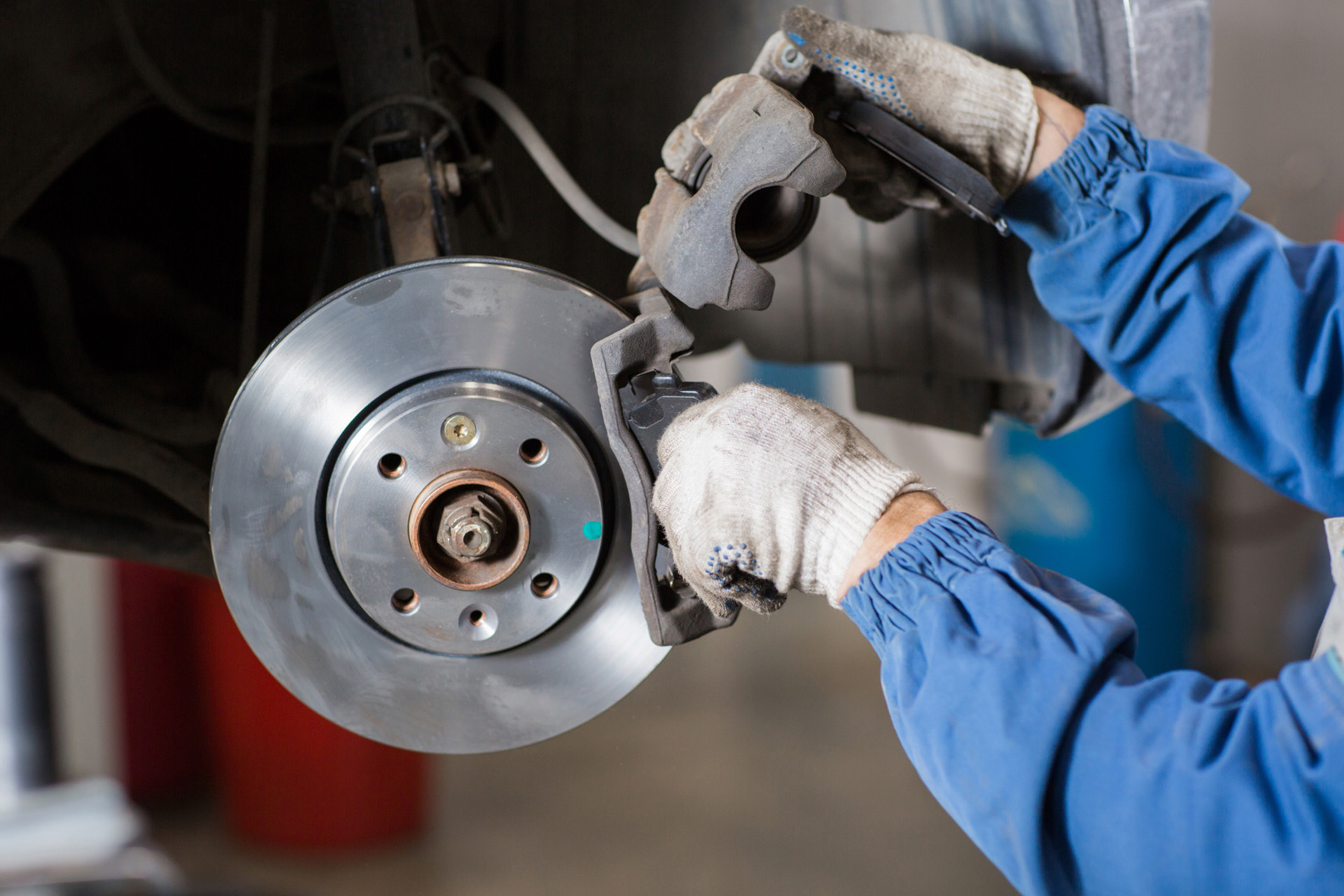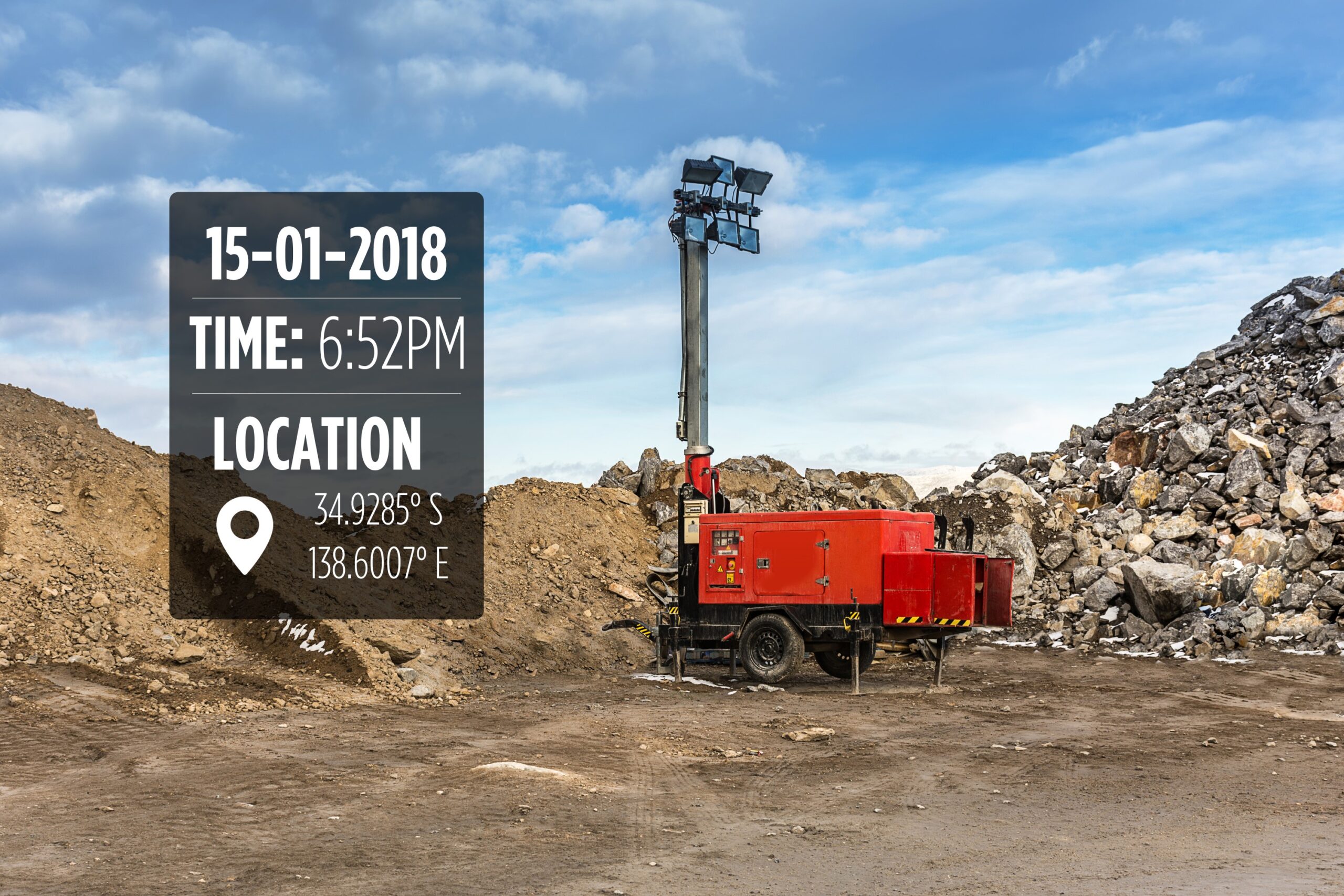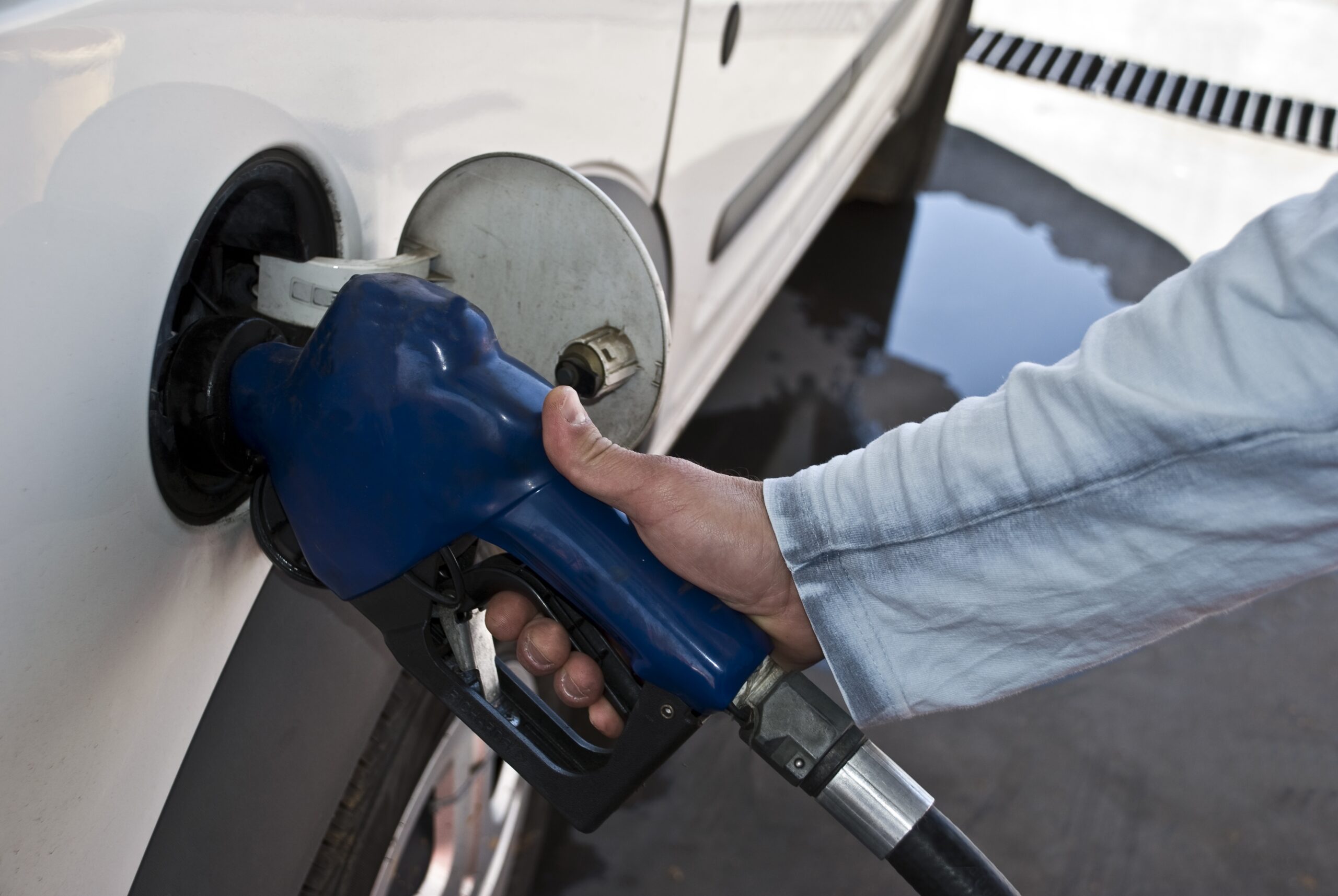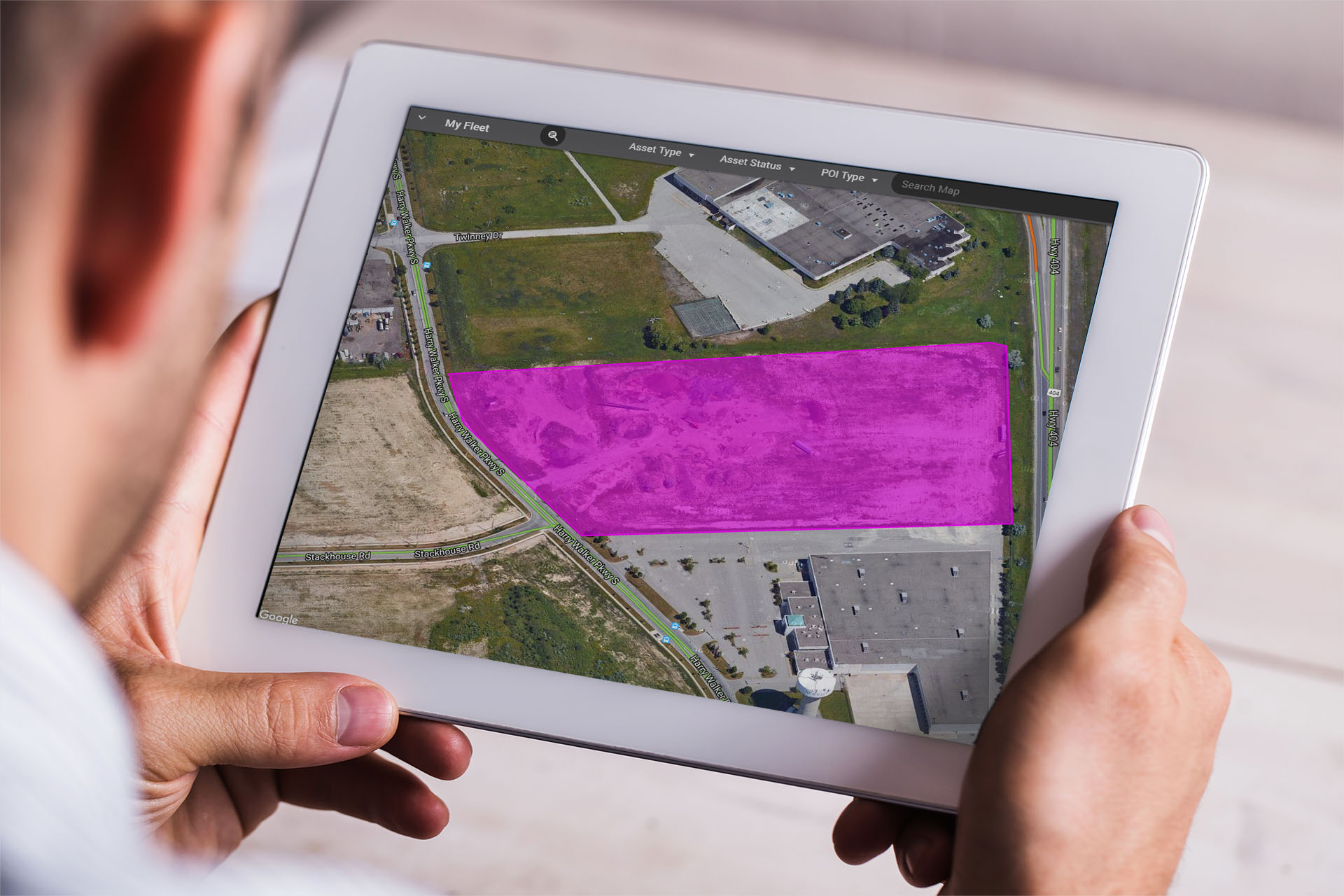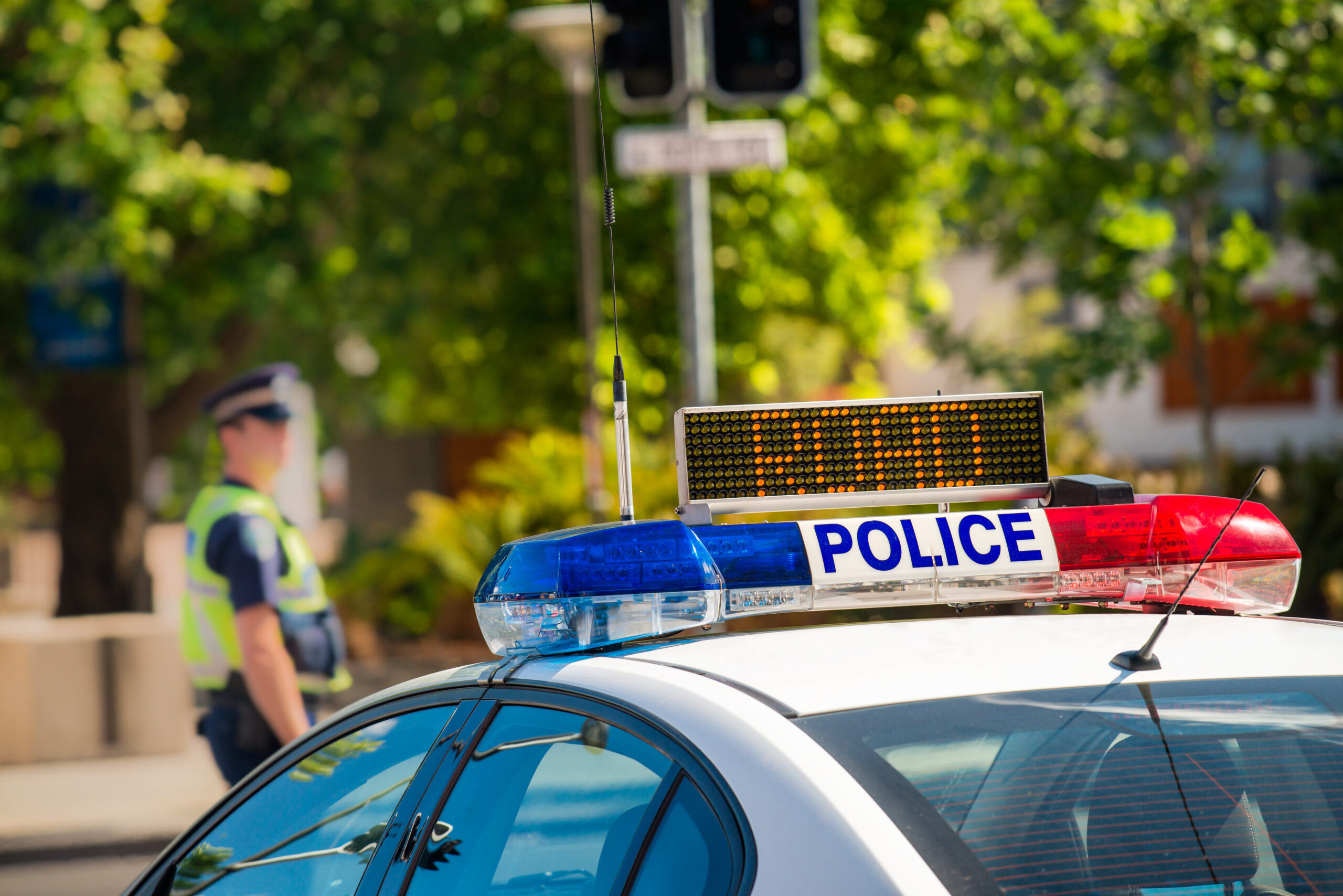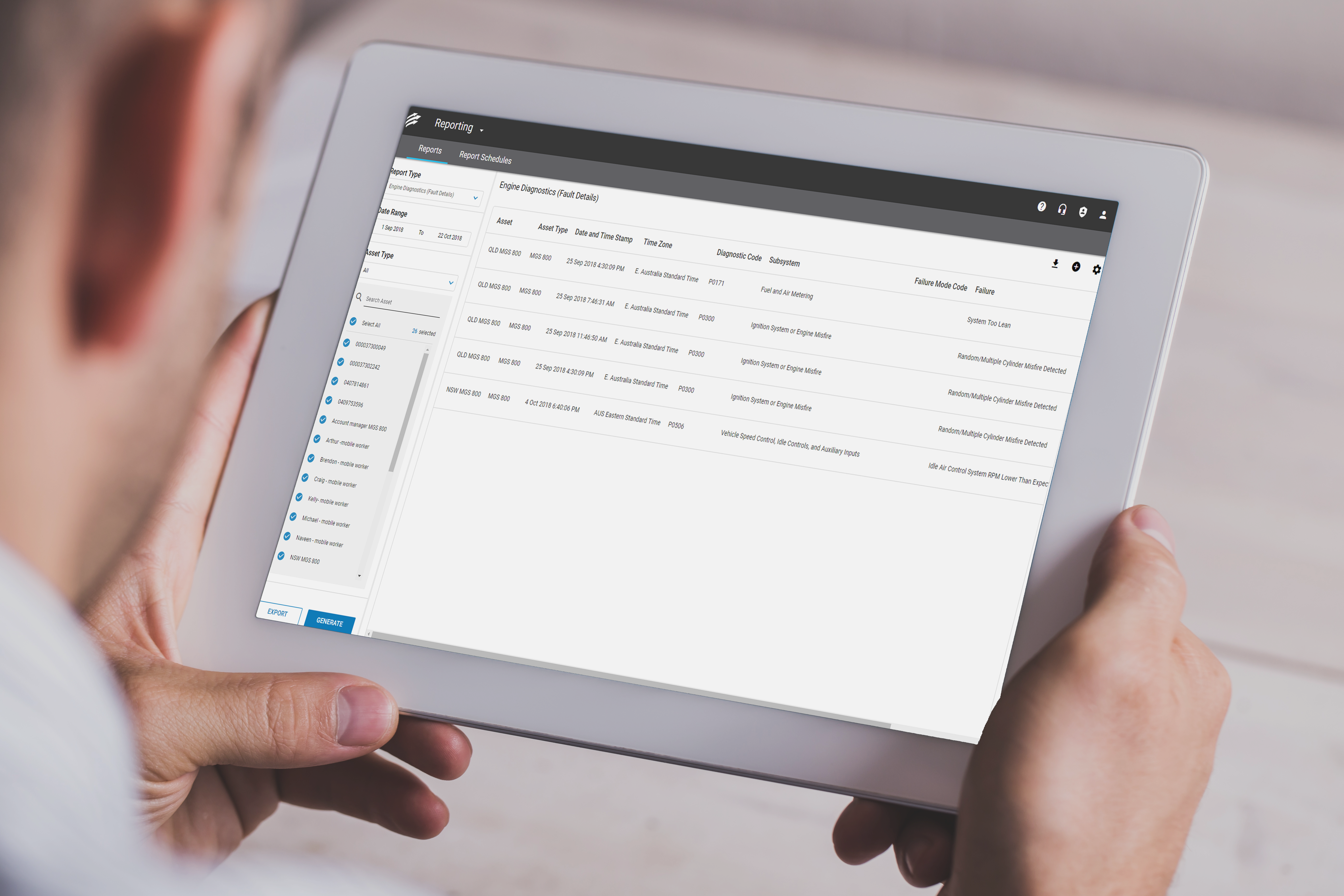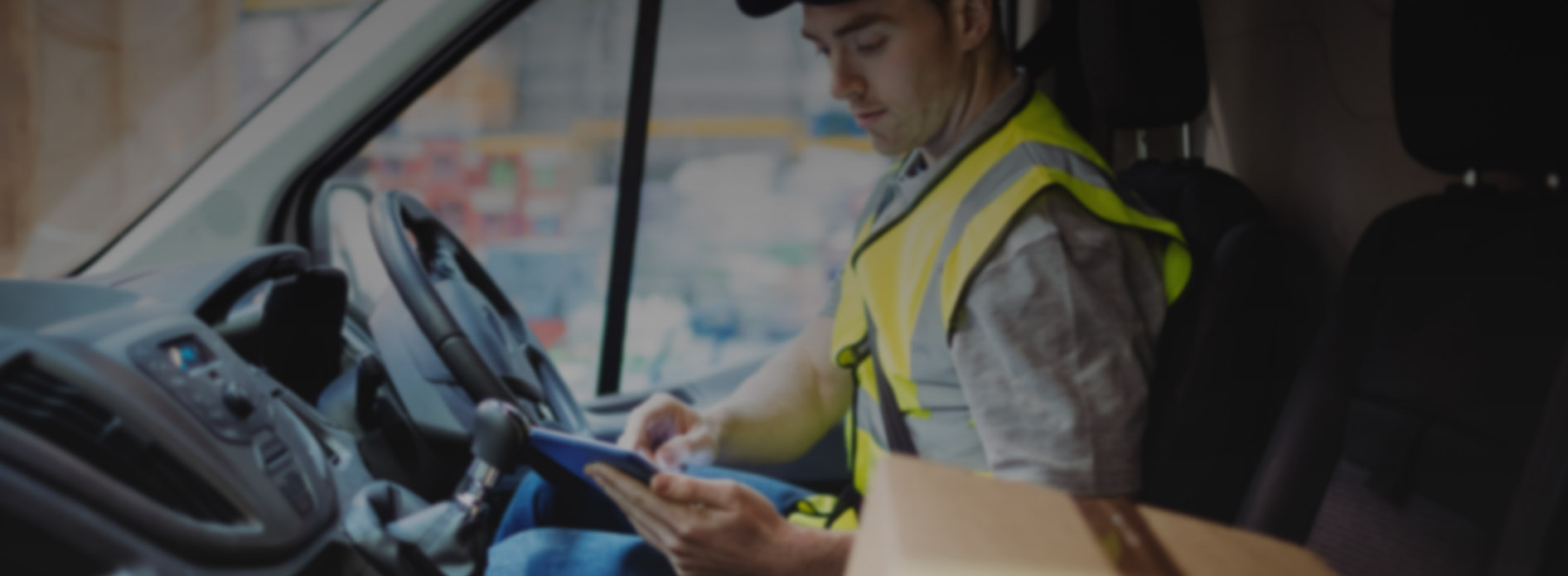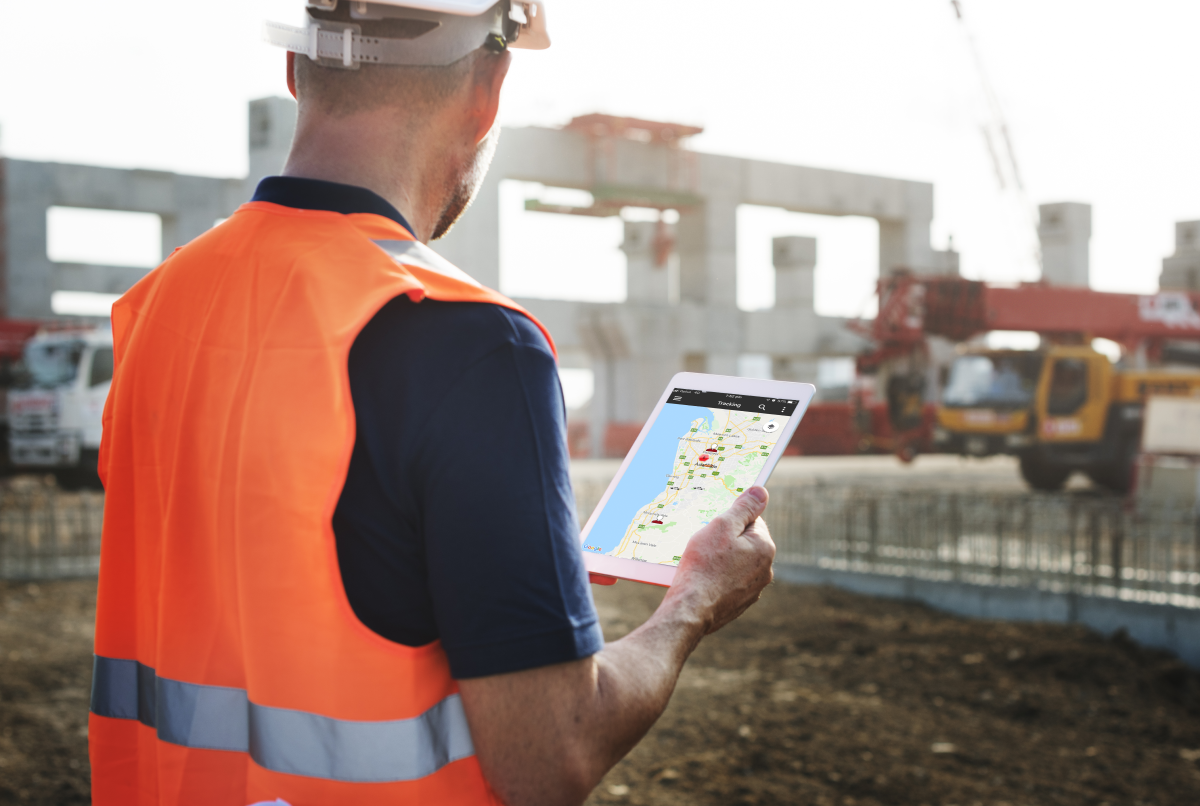Food delivery companies—especially on-demand deliveries—face unique challenges, including the need for refrigerated storage and delay-free deliveries to avoid spoilage. Things most fleets take in stride—like heatwaves and traffic jams—could spell disaster for a vehicle laden with perishables.

Spoilage means lost profits, a wasted journey, and disappointed customers. Furthermore, when the restaurants and supermarkets you serve rely on online reviews, a few one-star comments could result in clients looking for a new delivery company faster than you can say “cold pizza.”
Let’s take a closer look at the unique challenges faced by food delivery companies and how to overcome them.
From Uber Eats to Shop and Drop: The Rise of Food Delivery
The food delivery market has boomed over the past 10 years. More businesses are offering delivery options, and customers are taking full advantage. Why leave the house when someone can bring it straight to your door?
At the same time, dining habits are changing: more and more people would rather enjoy takeout food at home with a movie than head out to a cafe or restaurant.
Reviews play an important part in the decision-making process: customers want to know their food will be of good quality and arrive on time. Restaurants and grocery stores know this—which is why they want to ensure their delivery process is reliable, profitable, and customer-centric.

Food Delivery and the Pandemic
While food delivery was on the rise before the pandemic, COVID-19 has caused it to boom. A report from market research firm Technomic and Uber Eats revealed that since mid-March 2020, there’s been a 27% jump in restaurants using third-party delivery services when some regions went into lockdown. While we can expect figures to drop as lockdown restrictions ease, it’s unlikely it will go back to what it was previously, now that we’re all used to it.
“People have gotten much more used to ordering food and other products through delivery services. Some of that will decline once it’s safe to do things in person, of course,” said Scott Duke Kominers, an associate professor at Harvard Business School. “But new habit formation is powerful.”
 Keeping Food Fresh
Keeping Food Fresh
It’s not just hot food going cold that’s a problem: keeping perishable food at the right temperature is vital. If things defrost or spoil on the way, the customer will reject the order and it’ll have to be thrown out.
Equip your vehicles with temperature sensors that integrate with vehicle data. With Fleet Complete’s asset tracker, you can set an alert that notifies the driver when the temperature in the vehicle reaches a certain threshold. This data is also useful for proof that the contents of the vehicle were always at a safe level. This is useful in the event of a dispute or health, safety, and environmental (HSE) regulation check.
The Unique Challenges Food Delivery Companies Face
Temperature control and spoilage, short shelf-life products, tight delivery schedules, and high competition are high on a food delivery company’s priority list.
Equipped with GPS, humidity, temperature, light, and impact sensors, asset trackers give you the visibility you need without onsite supervision. So you can remove the guesswork and gain efficient operations.
Difficult Parking
There are few things more frustrating than reaching your destination, only to find out there’s nowhere to park.
With virtual perimeters feature (or geofencing) in your fleet management platform, managers and drivers can mark off the best delivery locations and analyze roads for parking ease before they set off—so that by the time they reach their destination, they’ll know exactly where to go. No more driving around in circles to find a spot while the food gets cold and the customer becomes frustrated.

Making Speedy Deliveries When Food is Hot
It’s critical delivery companies deliver the food on time when it’s still hot. Delayed orders and cold food mean unhappy customers.
Planning the most efficient route is paramount for food delivery companies. Fleet management software can play a key role in helping fleet managers (and drivers) pick the quickest routes while being alerted to things like new orders, bad traffic, and closed roads.
High Fuel Costs
Fuel is one of the biggest expenses for a delivery company, which means monitoring it is a must. Fleet management software can help spot fuel-wasting behaviors like idling, harsh accelerating, and unplanned journeys by giving fleet managers a top-down view of fleet data. This helps them make smarter fuel-saving decisions quickly.

Unplanned Schedule Changes
From changing delivery slots to restaurants increasing the order number, food delivery is fast-paced and the potential for wasted journeys (not to mention spoiled food) is high. You can’t avoid unscheduled changes, but you can get your team communicating in real-time—so that when something goes wrong, they can react quickly before the journey becomes a wasted one.
With GPS fleet tracking and route planning, managers can alter the delivery address or make a last-minute change, and the driver will be notified immediately. The route can then be re-optimized to save the order.
Demanding Customers
These days, customers want to order with a click, track their order, and have it brought to their doorstep as fresh as if it had just left the farm, bakery, or kitchen. The companies that can deliver this experience will be the ones that thrive in what’s already a hugely crowded marketplace—and efficient deliveries play a big part in this.
GPS tracking software transmits the driver’s whereabouts to a central system. Businesses can then integrate this information into apps and websites, which the customer can then use to track their order progress, see the ETA, and plan accordingly. The added transparency between the customer, manager, and driver makes everyone’s life easier.

Fleet Management Software Can Keep Customers Smiling
With the right tools for more efficient food delivery, companies will be better prepared to serve clients with on-time or early deliveries. Moreover, if a driver gets stuck or delayed, another driver can be immediately dispatched and give your customers (and their customers) a new ETA.
With temperature gauges to avoid spoilage, delivery route optimization, detailed reports on driver utilization, and better fuel efficiency, fleet management software provides critical features to ensure the success of your food delivery business and satisfied clients.
If you’d like to know how Fleet Complete can streamline your food delivery operations, learn more by requesting our Fleet Complete demo.
If you found this article useful, please share it with your social media network.





